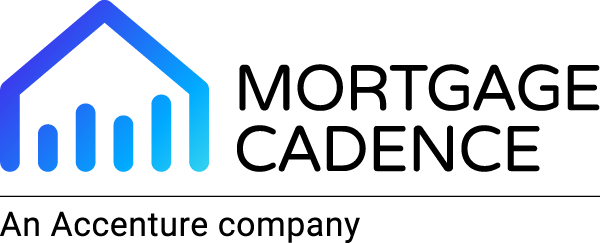In a previous article, I wrote about a concept I call high performance lending. In our research, which includes but is not limited to a 6-year-long lender benchmarking study, we have found that there is a mathematical equation for high performance. Lenders who solve for this problem, using their own unique strengths as constants, find mortgage lending is a highly profitable endeavor.
Those that do not understand the five key variables that make up this equation struggle to achieve satisfactory levels of profit.
In this series of posts, I’ll consider each of the five factors in the high performance lending equation.
The first factor is Velocity.
The time that elapses between the time the loan application is received until it is closed is loan velocity. The amount of time that the loan is “in process” is one of the five critical success factors.
Every moment someone in the lender’s shop is working on the deal the company is accruing costs. The longer it takes, the higher the cost-to-close and the lower the profit the lender will receive from the deal.
The problem most lenders have with tracking this metric is that TBDs skew the data. We work with high performance lenders who routinely close purchase money loans in 8 business days, but their velocity metric looks like it’s taking much longer. That’s because the TBDs stay in the system.
Could we just ignore these loans? No, because by some estimates half of the cost-to-close has already been spent by the time the full application has been received by the lender. Simply ignoring those deals would corrupt the data.
A better approach is to focus on achieving higher pull-through, something I’ll talk about next time, with an emphasis on closing TBDs. That’s a great way to have a positive impact on Velocity.



